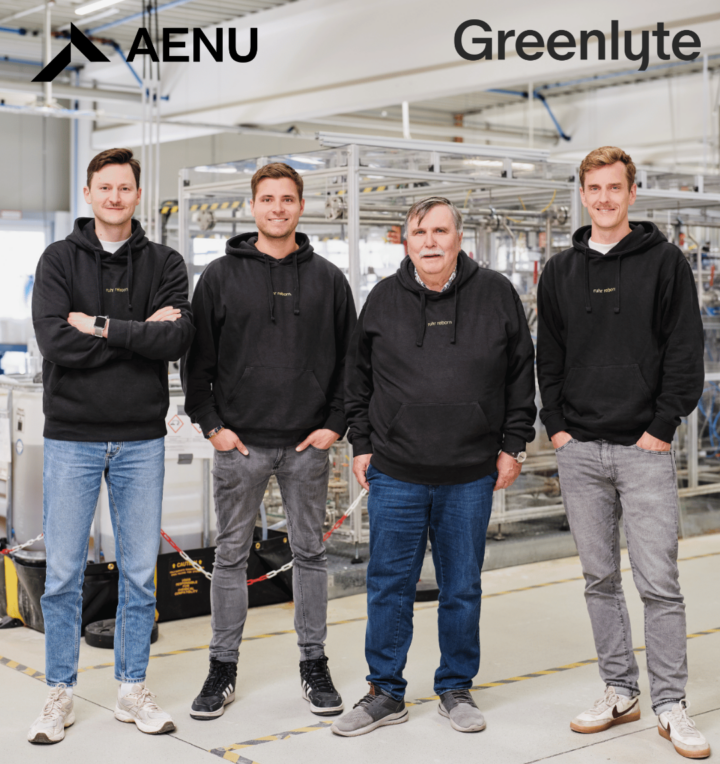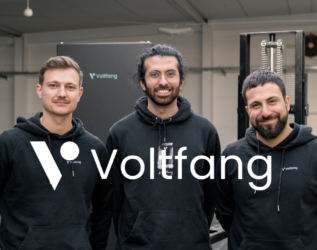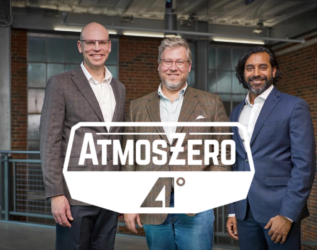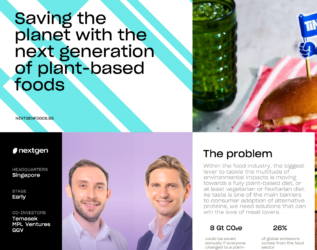Greenlyte — Closing the Molecule Gap in the Energy Transition

PART I — THE BLIND SPOT OF THE ENERGY TRANSITION
The global energy transition has advanced significantly in renewable electricity. Yet, approximately 40% of global emissions remain embedded in industrial sectors that cannot simply be electrified — aviation, maritime shipping, heavy industry, and chemical production. These sectors depend not on electrons but on dense, storable hydrocarbon molecules. Without upstream infrastructure capable of delivering fossil-free fuel molecules at scale, decarbonization stalls.
Synthetic fuels have existed conceptually for decades. What has been missing is economically viable, scalable, and geographically flexible feedstock generation that enables industrial sectors to transition without introducing new systemic risks like land competition or food displacement.
Greenlyte addresses this gap: building upstream fossil-free molecule infrastructure.
PART II — THE SYSTEMIC FUNCTION OF GREENLYTE
Greenlyte is not a direct fuel producer, nor a conventional DAC offset company. Its role is foundational: delivering high-purity carbon-hydrogen streams to the synthetic fuels economy. This upstream position empowers SAF, e-methanol, and e-chemical producers to fully decouple from fossil carbon.
Greenlyte integrates three complex steps into one fully modular system:
- HCO3 captured directly from ambient air via non-toxic liquid absorbents.
- Electrochemical regeneration driven exclusively by renewable power.
- CO2, Hydrogen and Oxygen co-produced via proprietary electrolysis.
The result is an all-electric, modular system capable of operating wherever renewable electricity is abundant — independent of fossil inputs, land constraints, or centralized industrial hubs.
This is Liquid Solar: a closed-loop system that uses renewable electricity, water, and atmospheric CO2 to create clean, storable and ready to use fuels.
PART III — SYSTEMIC IMPACT FRAMEWORK (SIF) IN ACTION
AENU’s B Corp-certified Systemic Impact Framework (SIF) assesses not just what a company builds, but how it reshapes entire systems. Applied to Greenlyte, the framework demonstrates systemic leverage across six dimensions.
The first four build Impact Integrity:
Founder Intentionality
Greenlyte’s co-founder Florian is determined to fight climate change, so he reached out to over 100 researchers – what he found was the perfect co-founders with whom he built a business model that is constructed to dismantle fossil-based fuel supply chains.
Theory of Change
Sector-wide models from IEA, ReFuelEU, and U.S. 45Q programs confirm that decarbonization of aviation, maritime, and heavy industry requires synthetic fuels sourced from clean carbon. Greenlyte’s closed-loop system that uses renewable electricity, water, and atmospheric CO2 to create clean, storable fuels makes this feasible.
Interlock
Revenue and impact are inseparable: each ton of CO₂ processed by Greenlyte replaces an equivalent fossil carbon molecule downstream, aligning business growth with decarbonization.
Additionality
Greenlyte turns captured CO₂ into fuel-ready molecules via co-electrolysis, combining DAC and hydrogen production in one solar-powered step. Its Liquid Solar platform transforms air, sunlight, and water into fuel ready outputs – with 30% energy savings and 50% lower system costs. By supplying clean inputs, Greenlyte enables defossilising e-fuel supply chains while optimizing both CAPEX and OPEX.
Impact Potential is evaluated across two dimensions:
Unit Impact
AENU’s custom impact model uses scientific methods to quantify the environmental benefit of each product unit. For Greenlyte, this means measuring the CO₂ emissions associated with its synthetic fuel and subtracting them from the emissions of conventional aviation fuel. This provides a clear comparison of emissions savings per unit.
Impact Scale
The Unit Impact is then scaled using market forecasts, reflecting Greenlyte’s broader systemic influence. We track total tons of CO₂ captured and reduced, fossil fuel displacement, and gallons of fuel-ready outputs. While Greenlyte directly targets the capture of 100 million tons of CO₂ by 2050, its larger impact lies in catalyzing global synthetic fuel markets valued at over €1.5 trillion – indirectly displacing significant amounts of fossil carbon.
PART IV — EXECUTION PROGRESS TO DATE
In less than 24 months, Greenlyte has achieved industrial milestones that validate both technology readiness and market demand:
- Germany’s largest DAC facility operational (100 t/y capacity).
- FOAK 1kt/year e-Methanol plant progressing toward 2027 commissioning.
- Over €6M offtake volume under negotiation across multiple industrial verticals.
- Public grants secured from EU and NRW climate programs.
- Industrial partnerships secured with Evonik, Düsseldorf Airport, and Phoenix Contact.
- Global recognition through WEF UpLink, Norrsken Impact/100, and Times Square showcase.
Each milestone functions not as an isolated success but as systemic proof of industrial readiness.
PART V — WHY AENU BACKS GREENLYTE
At AENU, we invest in structural insertion points that accelerate system-wide transition. Greenlyte exemplifies this:
- Founders architected around climate-first intentionality.
- Direct systemic leverage across multiple hard-to-abate sectors.
- Revenue models interlocked with decarbonization outcomes.
- Industrial, policy, and market readiness validated.
- Fully embedded within AENU’s Systemic Impact Framework with a planned impact of 100 million tons of CO₂ by 2050.
Greenlyte is not just another DAC startup — it’s building upstream, fossil-free molecule infrastructure to systemically decarbonize hard-to-abate sectors, starting with aviation. This is the industrial backbone of a post-fossil economy.
This whitepaper reflects AENU’s Systemic Impact Framework applied to Greenlyte as of Q2 2025.











